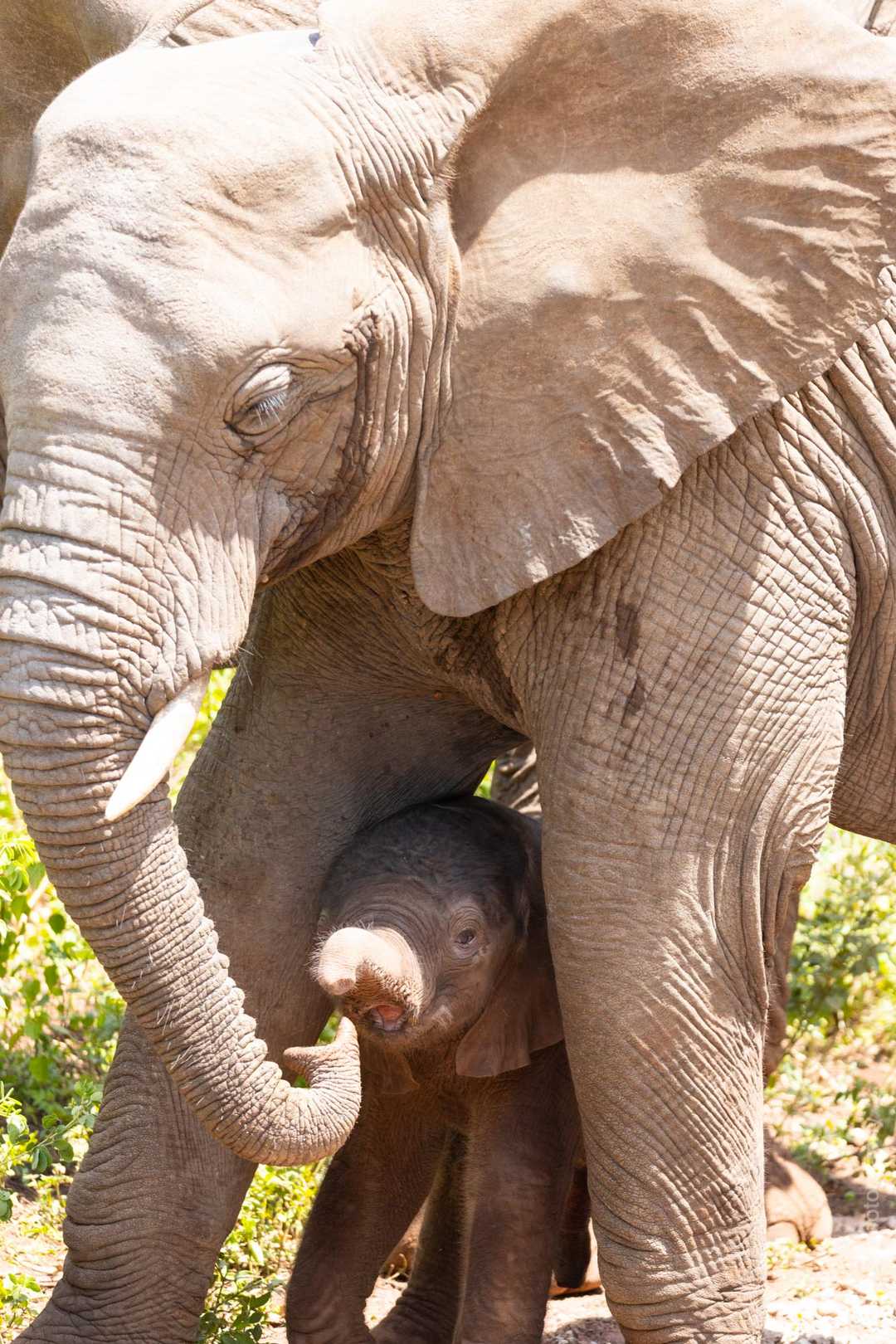Kilimanjaro
We trekked up Mount Kilimanjaro to the first base camp, passing through a range of ecological zones. The route took us through lush montane forest, where we encountered several species of monkeys, including the striking black-and-white colobus. Although it started downpouring and it wasn't quite as fun to continue going up.
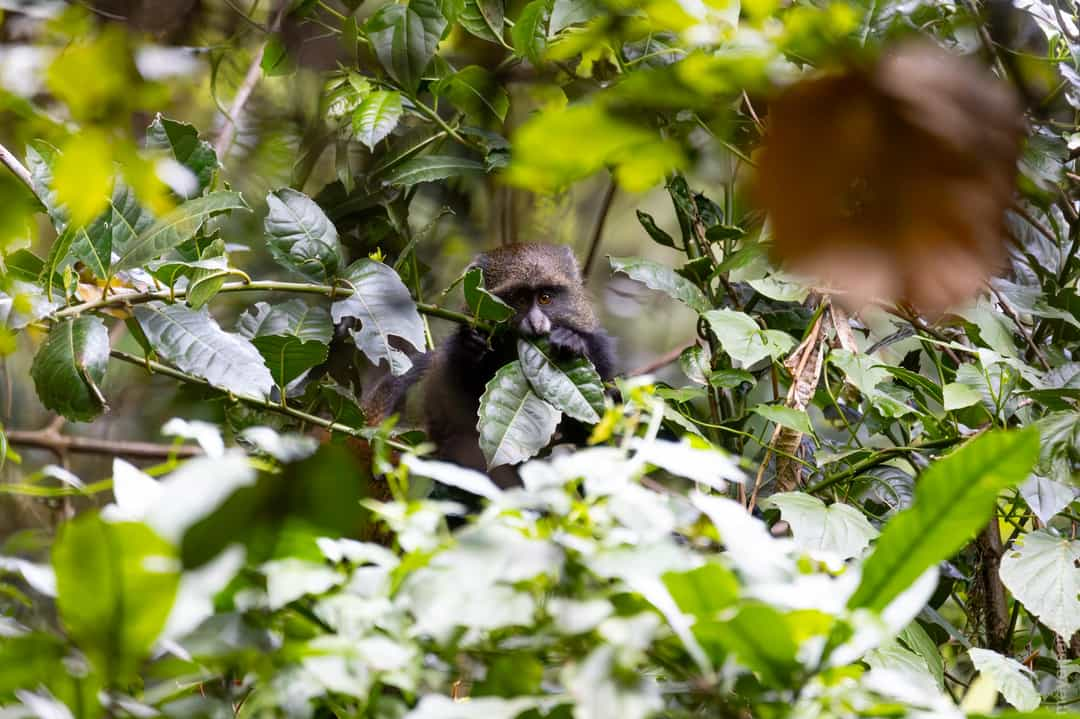
Tarangire
Tarangire National Park lived up to its reputation as an elephant haven. Massive herds roamed freely, often congregating around the Tarangire River, which serves as a crucial water source during the dry season.
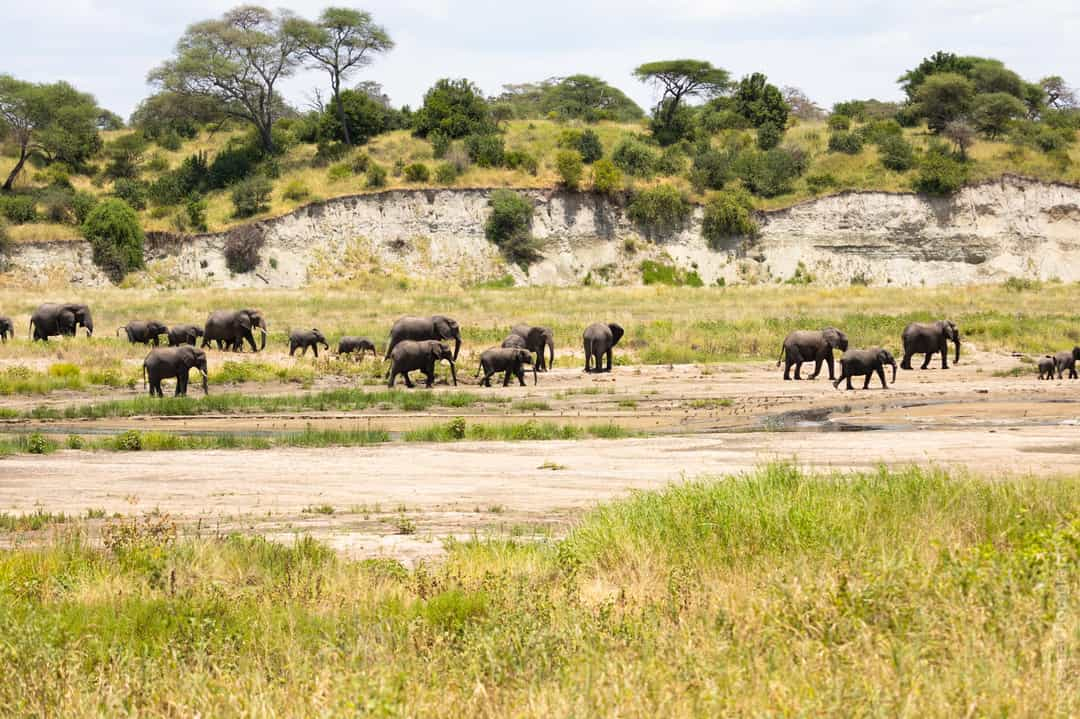
African elephants are the largest land animals on Earth, and their complex social structures are matriarchal—led by the oldest female in the group.
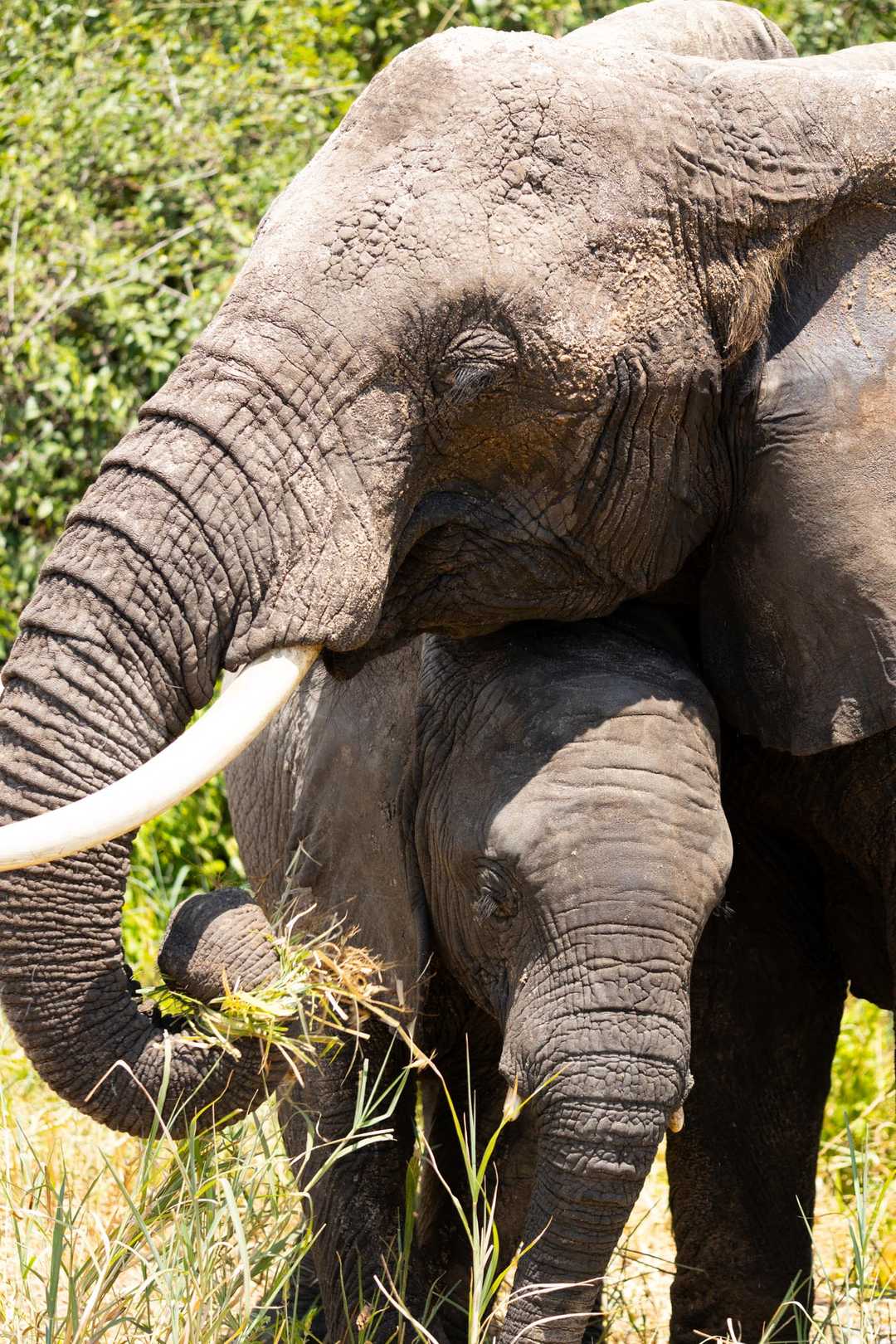
The park was also filled with zebras, often seen grazing near elephants for safety in numbers.
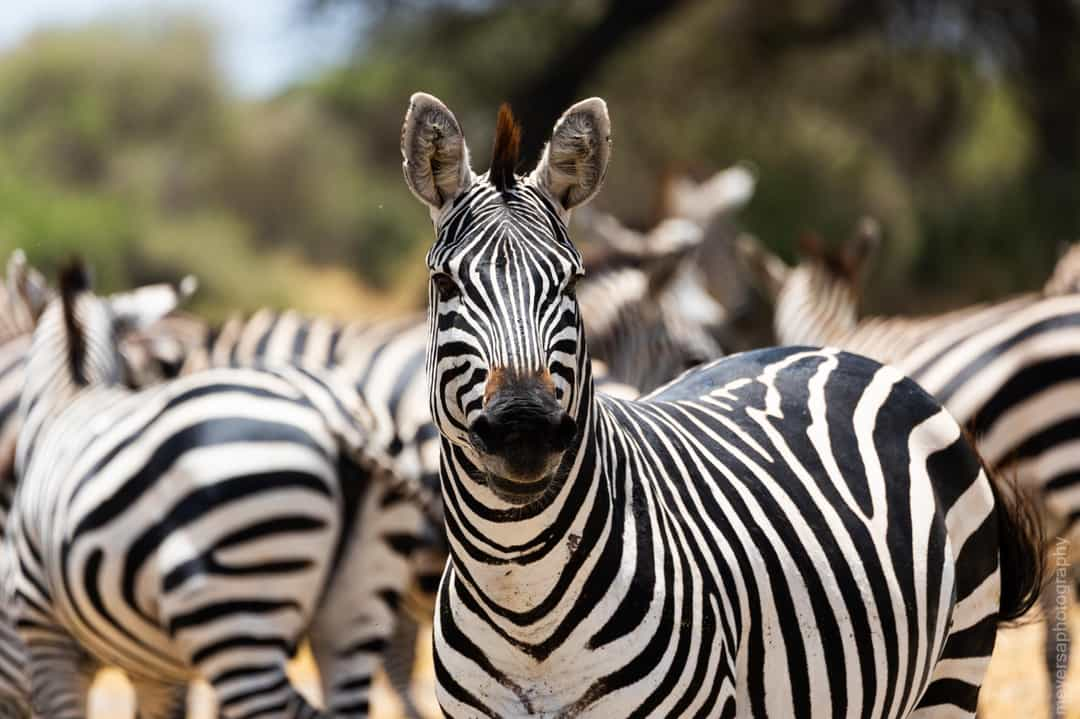
Serengeti
As our guide described it, the Serengeti is “the buffet”—a vast savannah ecosystem teeming with nearly every iconic African species.
Olive baboons are known for their intelligence and strong family bonds. Mothers are highly protective and infants cling to them constantly in the early months.
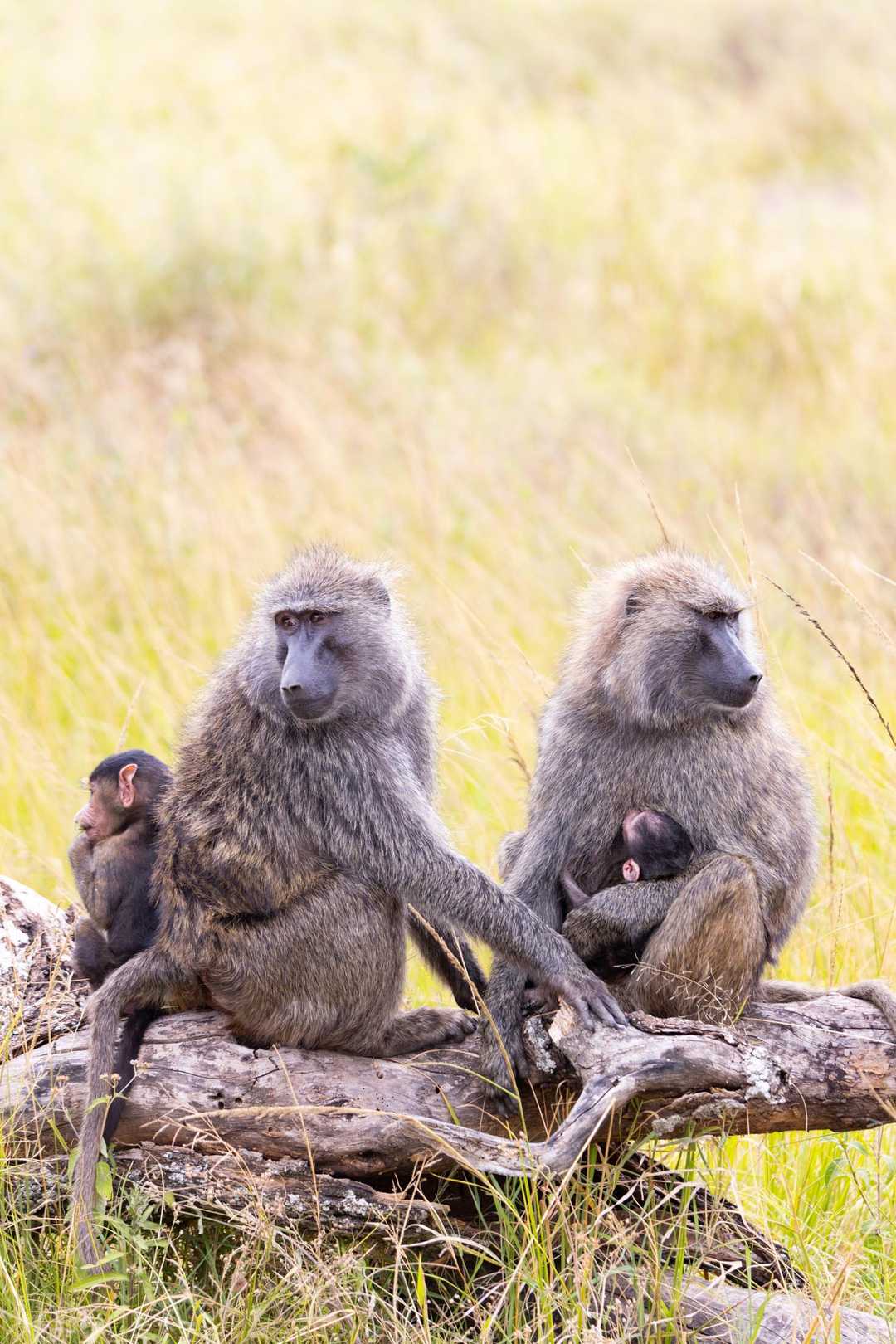
Cheetahs are the fastest land animals, capable of reaching 60 mph in short bursts. Their tear-like facial markings help reduce glare during daytime hunts.
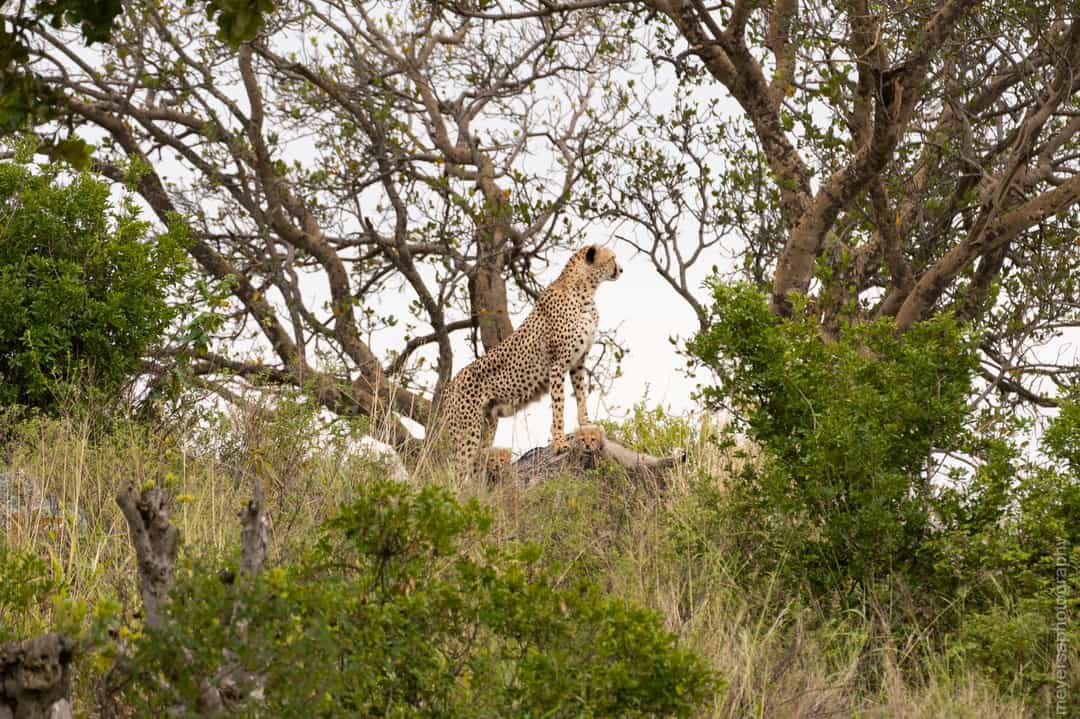
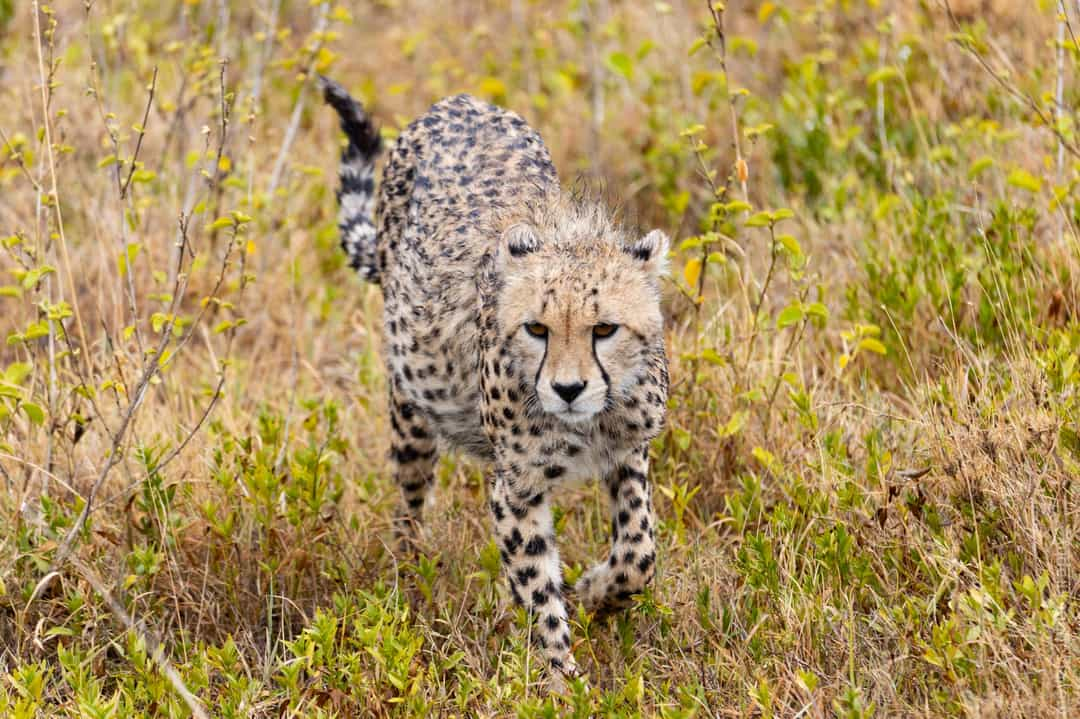
Giraffes have the highest blood pressure among land animals to pump blood all the way up their long necks - which protects them from predators except when they are leaning over to drink and are vulnerable.
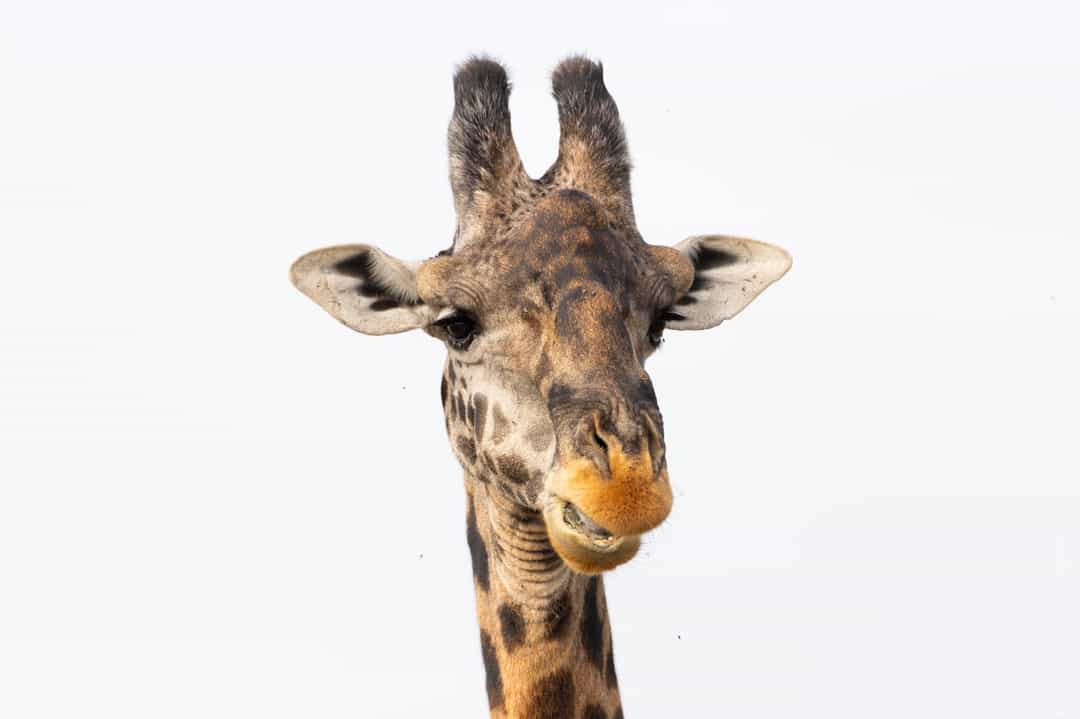
Though hippos look docile, they’re one of Africa’s most dangerous animals. They can run surprisingly fast and are fiercely territorial in water.
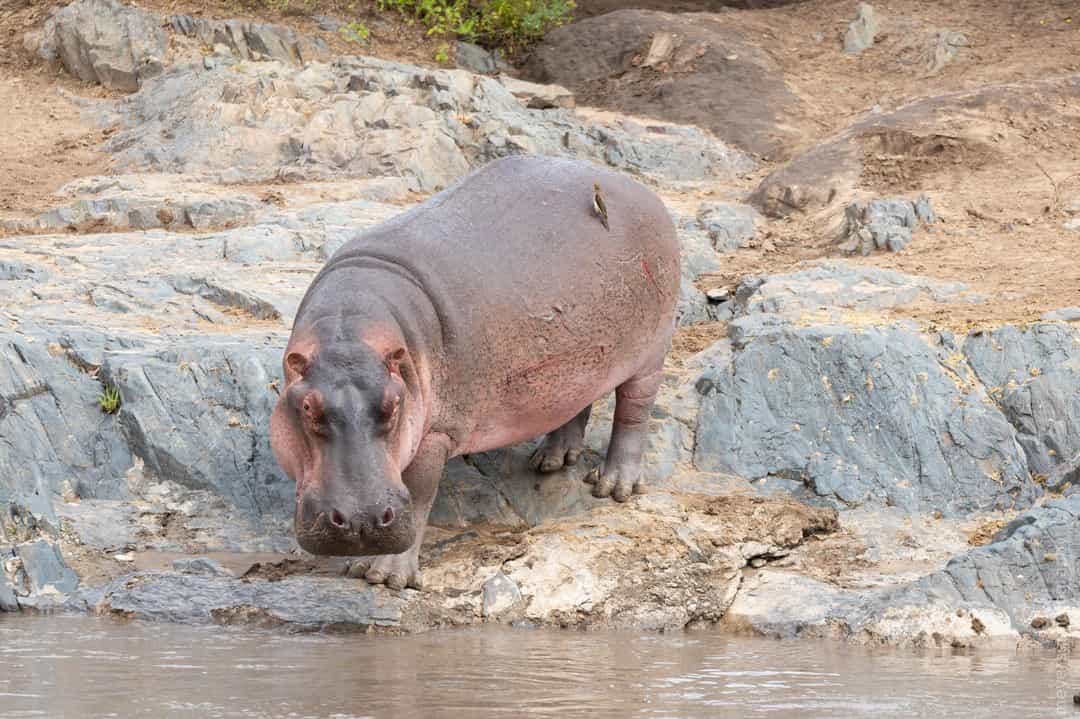
Male ostriches are recognizable by their black-and-white plumage, while females are a dusty brown. They are the fastest birds on land, capable of sprinting over 40 mph.
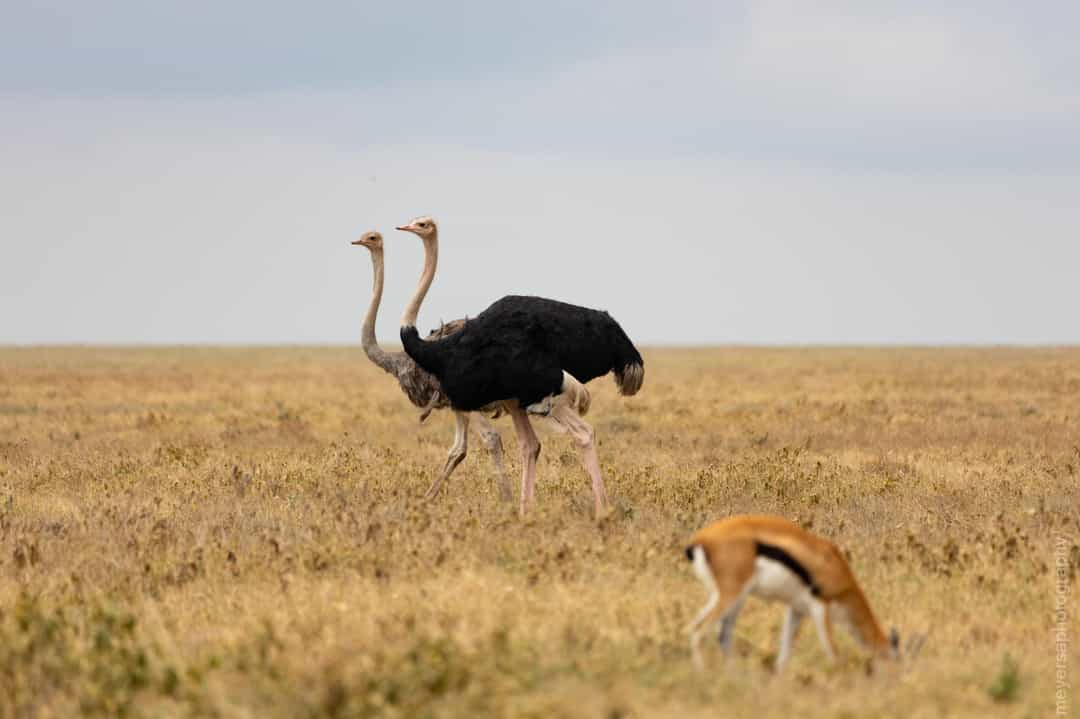
Servals are medium-sized wild cats with exceptionally long legs and oversized ears, making them expert hunters in tall grasses.
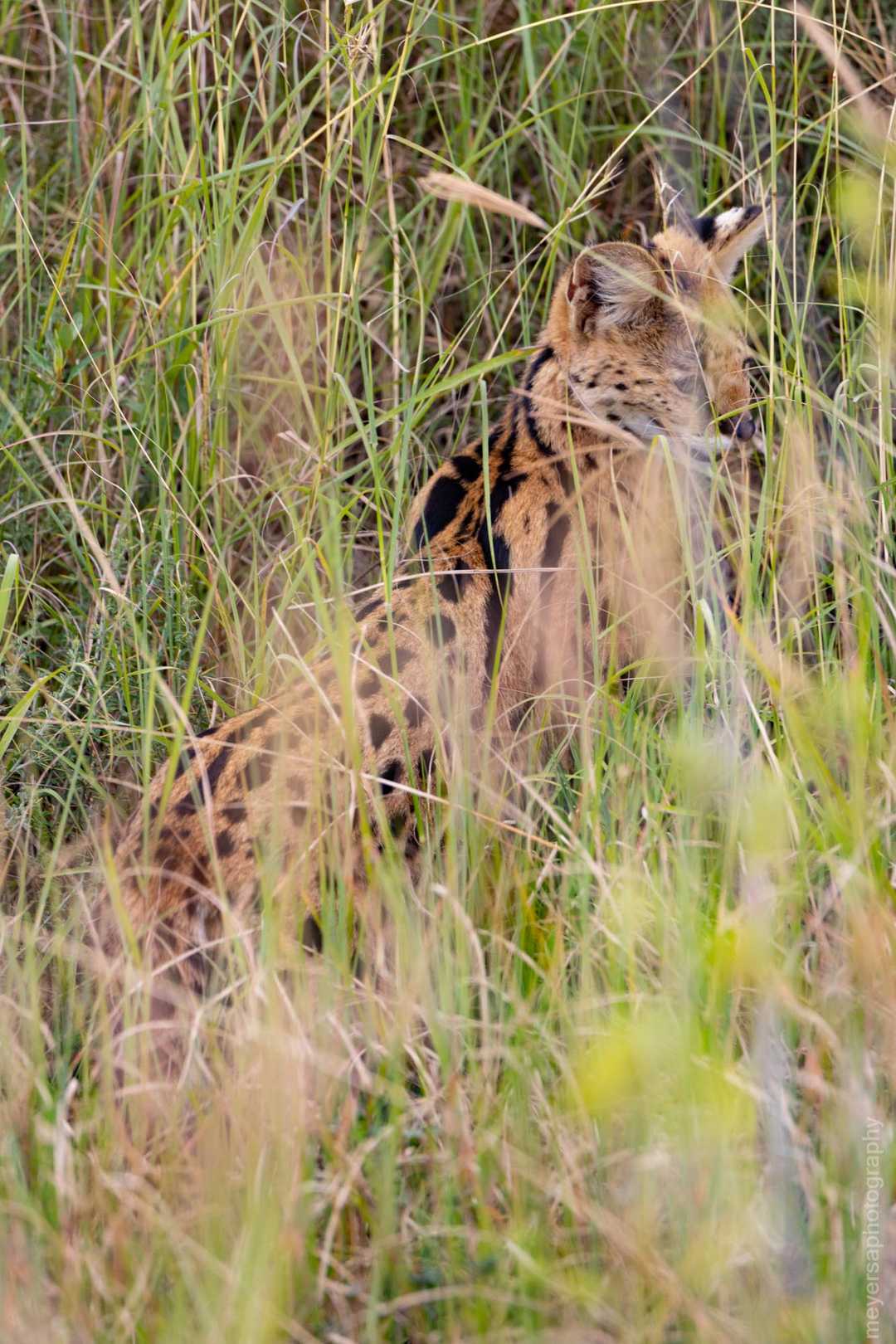
Although lions typically rest on the ground, tree-climbing behavior—especially in sausage trees—is observed in regions where the ground is hot or buggy - but looking at the picture they seem to be dealing with bugs regardless.
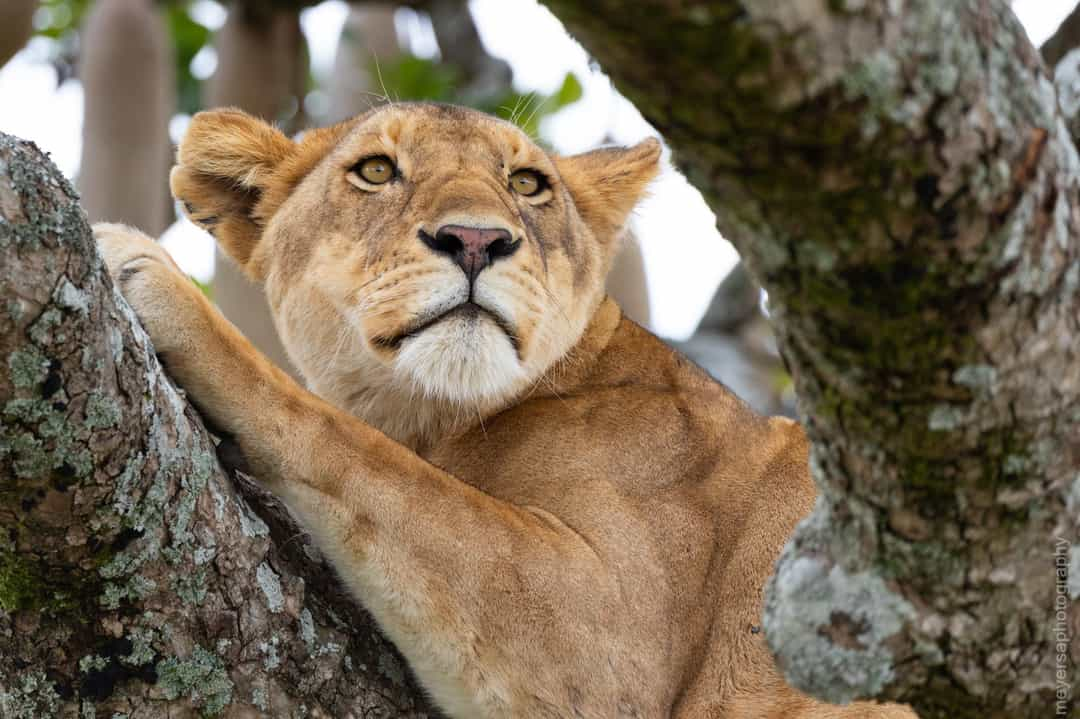
Ndutu
While we missed the peak of the migration in Ndutu, the area still offered plenty of wildlife. We encountered multiple lions and the small, elusive dik-dik antelope.
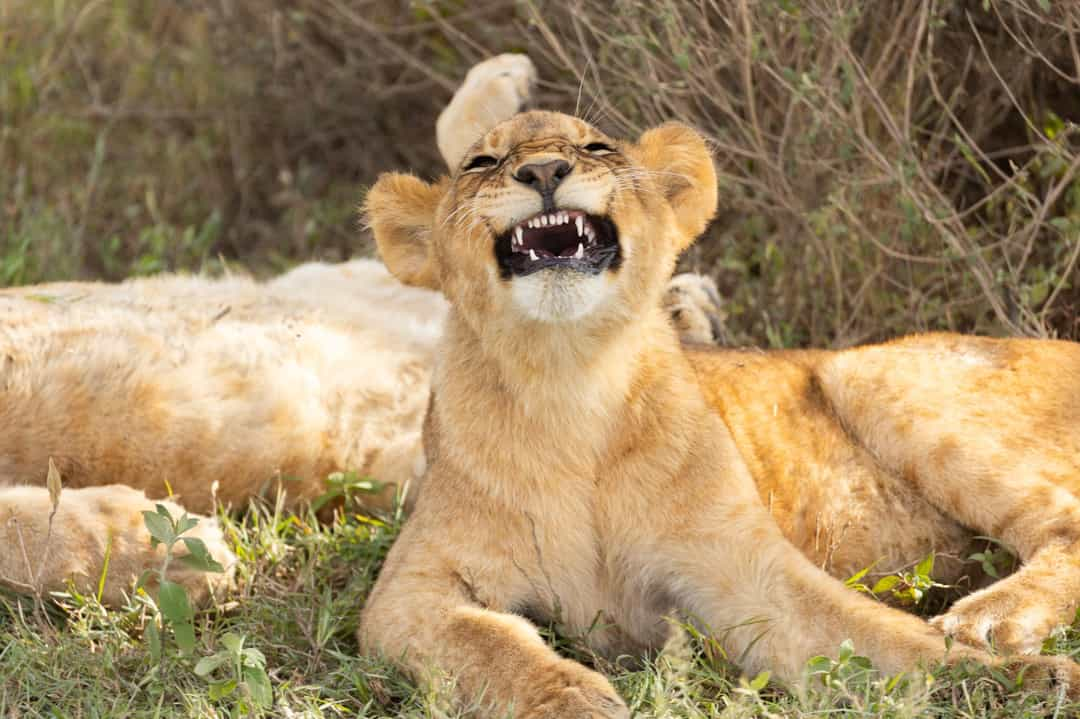
Wildebeest participate in the Great Migration, one of the largest terrestrial mammal movements on Earth, traveling over 1,000 miles annually.
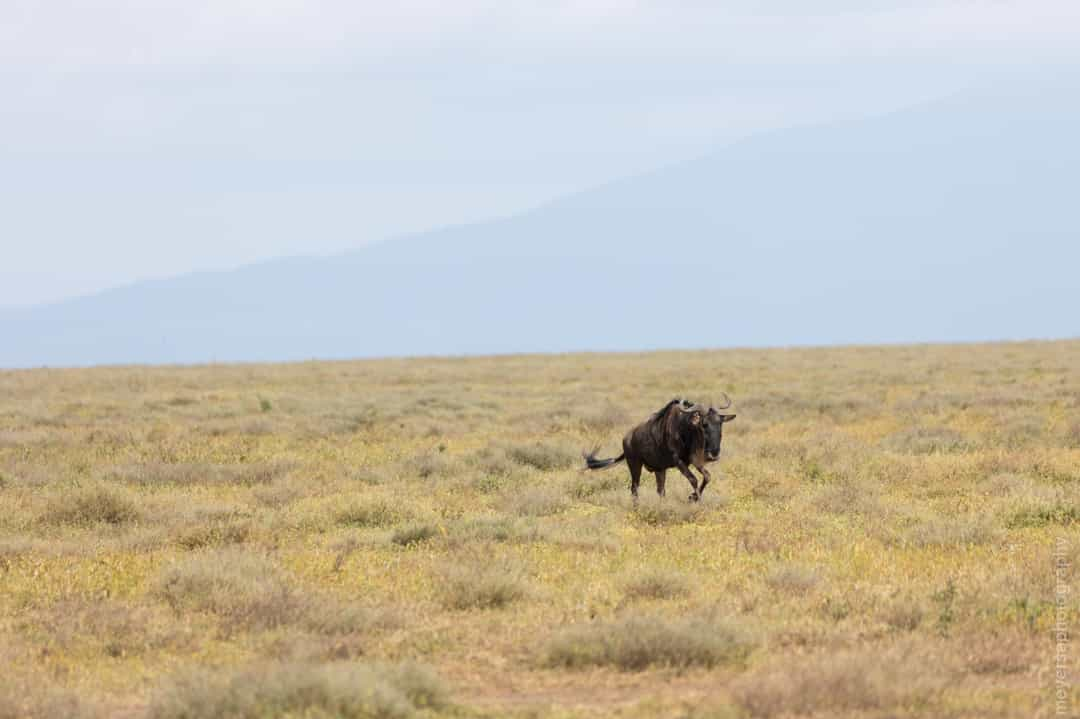
Ngorongoro
The Ngorongoro Crater, a massive volcanic caldera, offers one of the most concentrated wildlife viewing areas in Africa. Before it erupted, it would have been taller than Kilimanjar. While we saw a Black Rhino, it was almost too far for a clear photo.
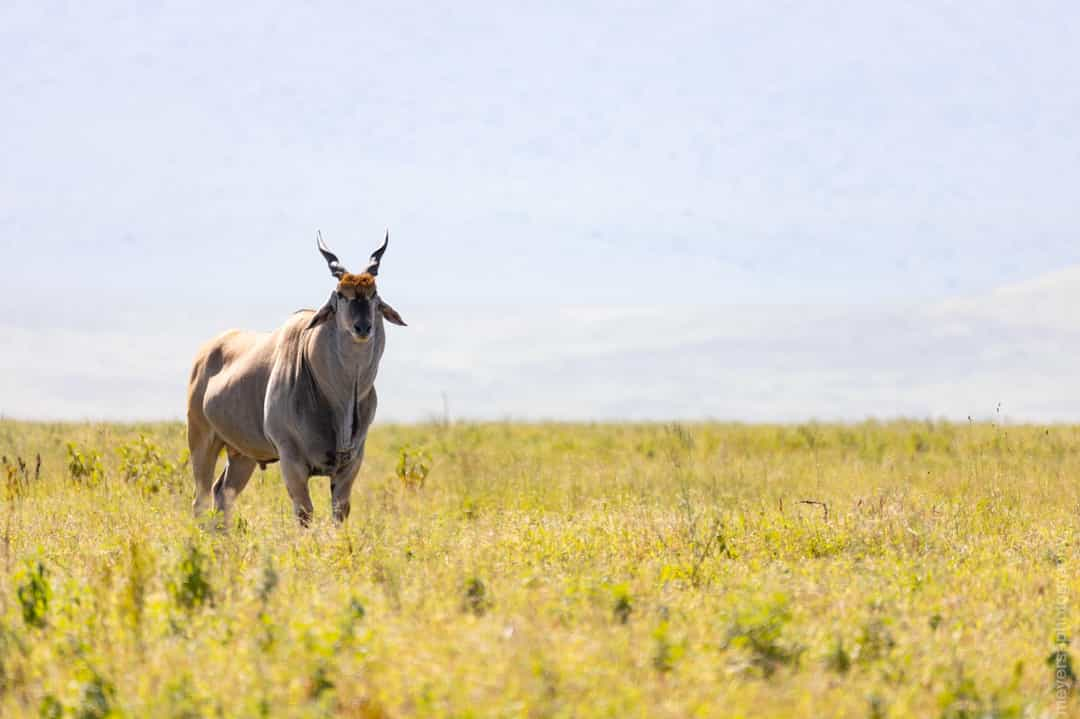
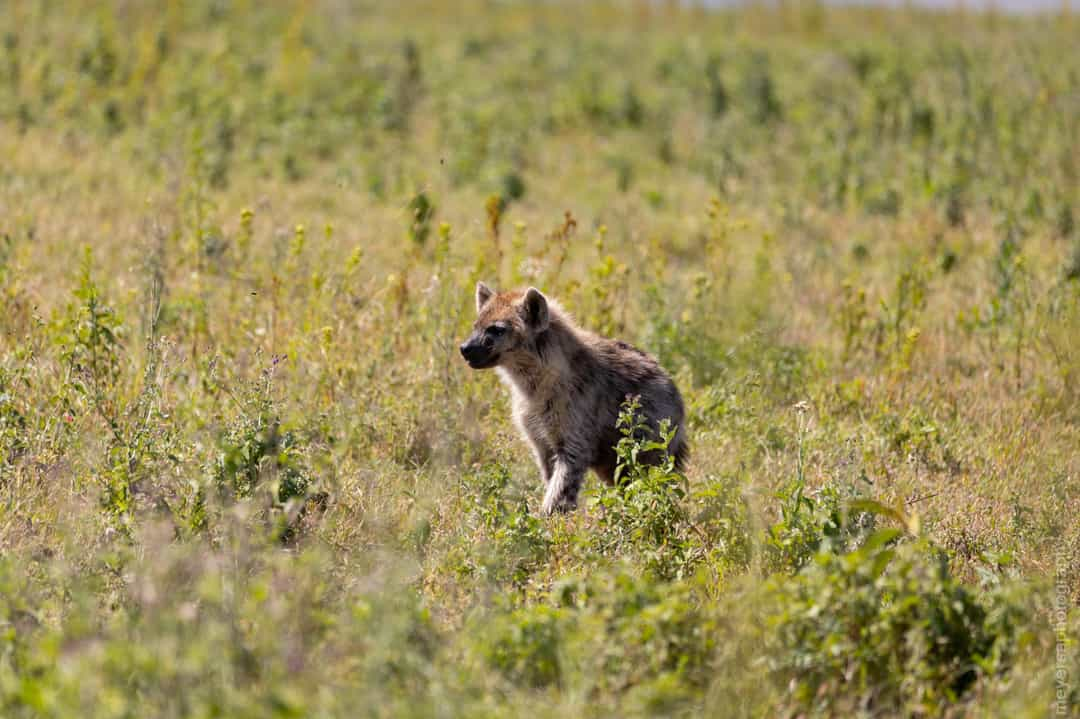
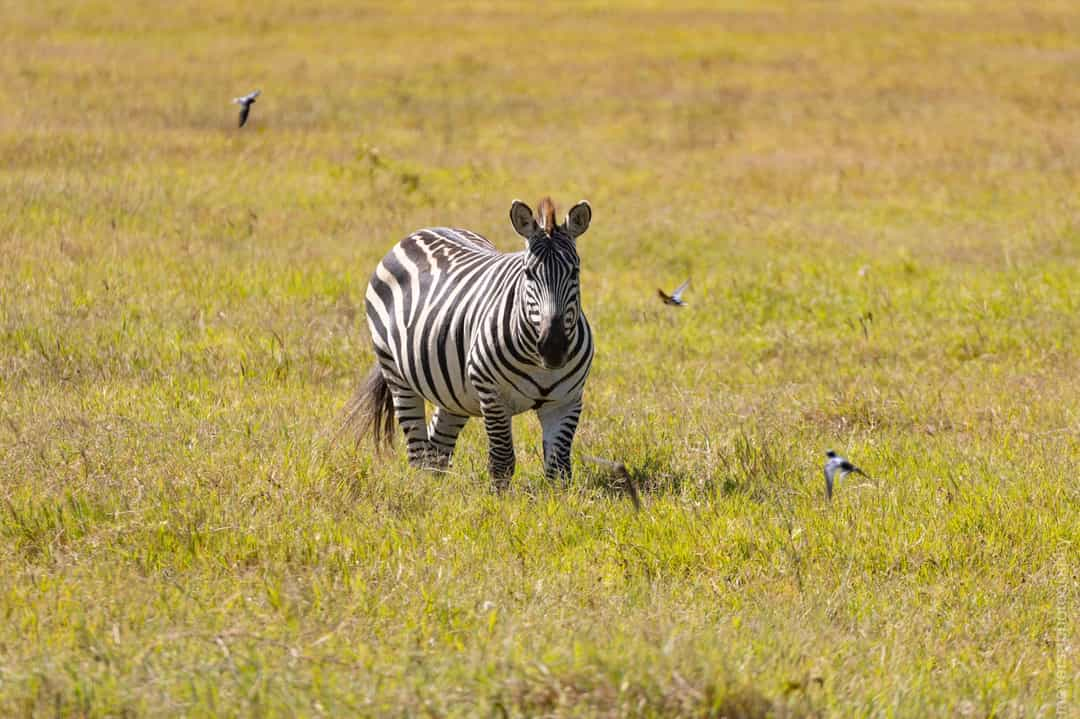
Manyara
Lake Manyara National Park is small but incredibly biodiverse. Its dense forest and marshland support elephants, monkeys, and prolific birdlife.
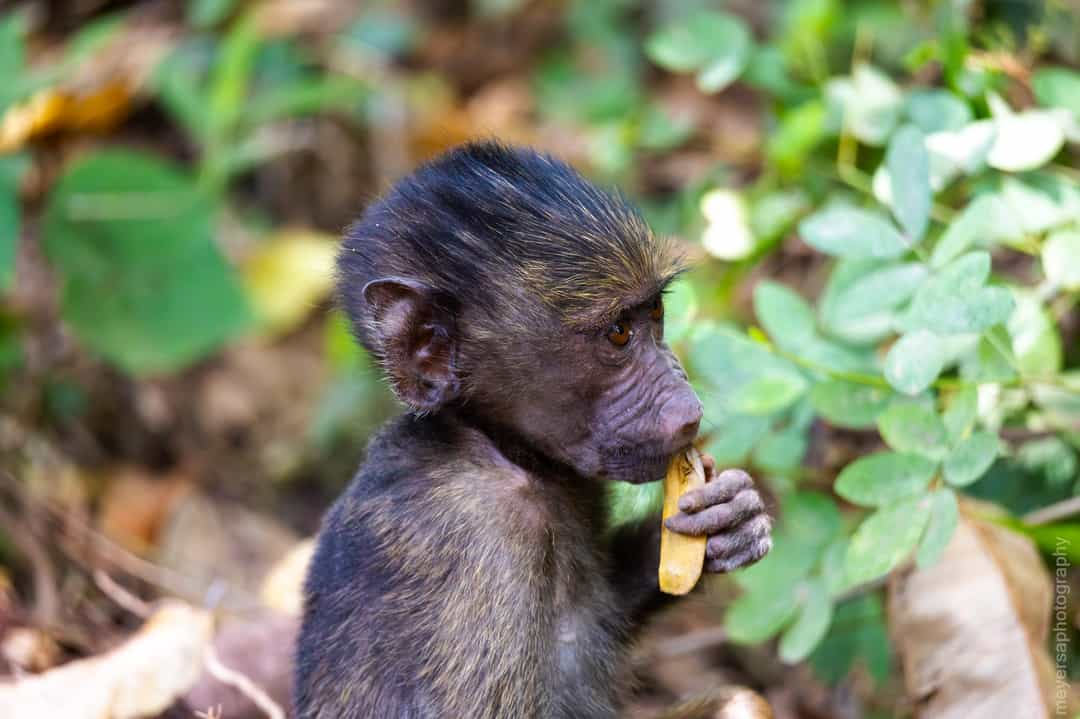
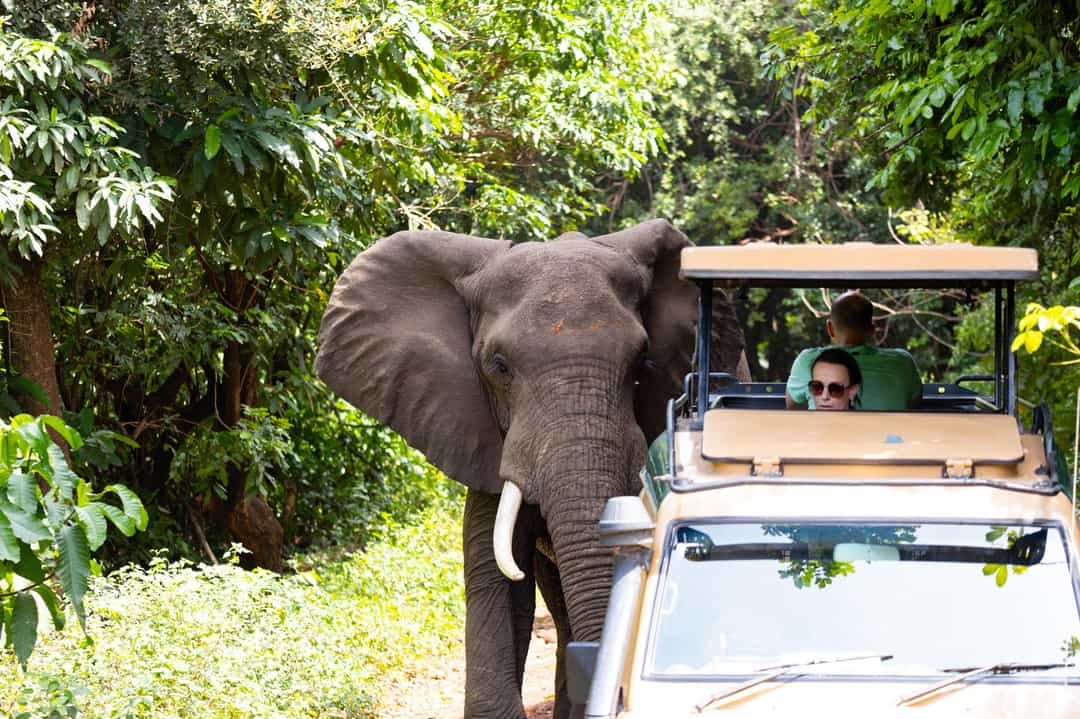
After a long safari, on our final stop in the park, we witnessed the incredibly rare moment of an elephant giving birth—an extraordinary sight, especially considering their pregnancies last an astonishing 22 to 24 months.
